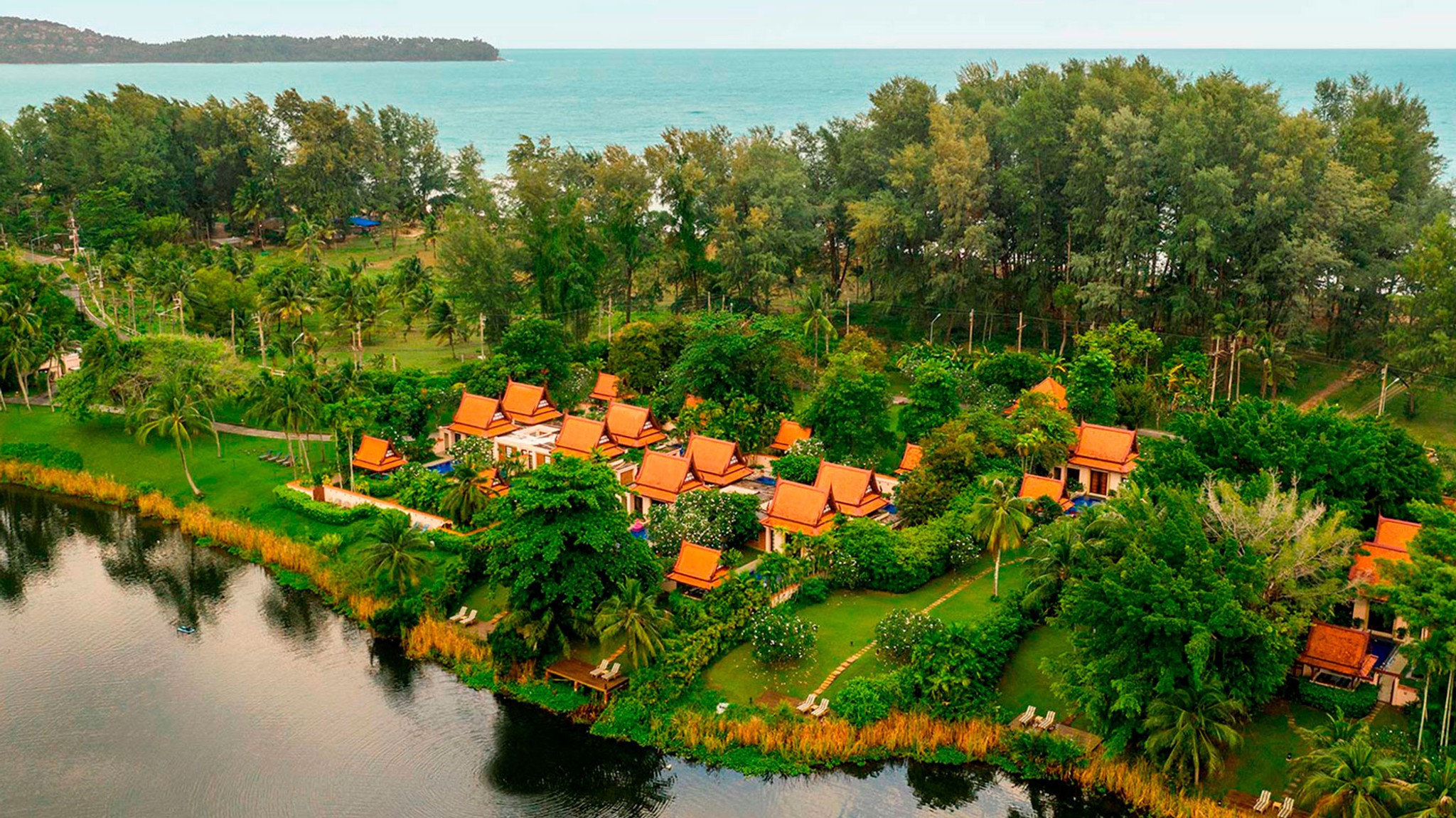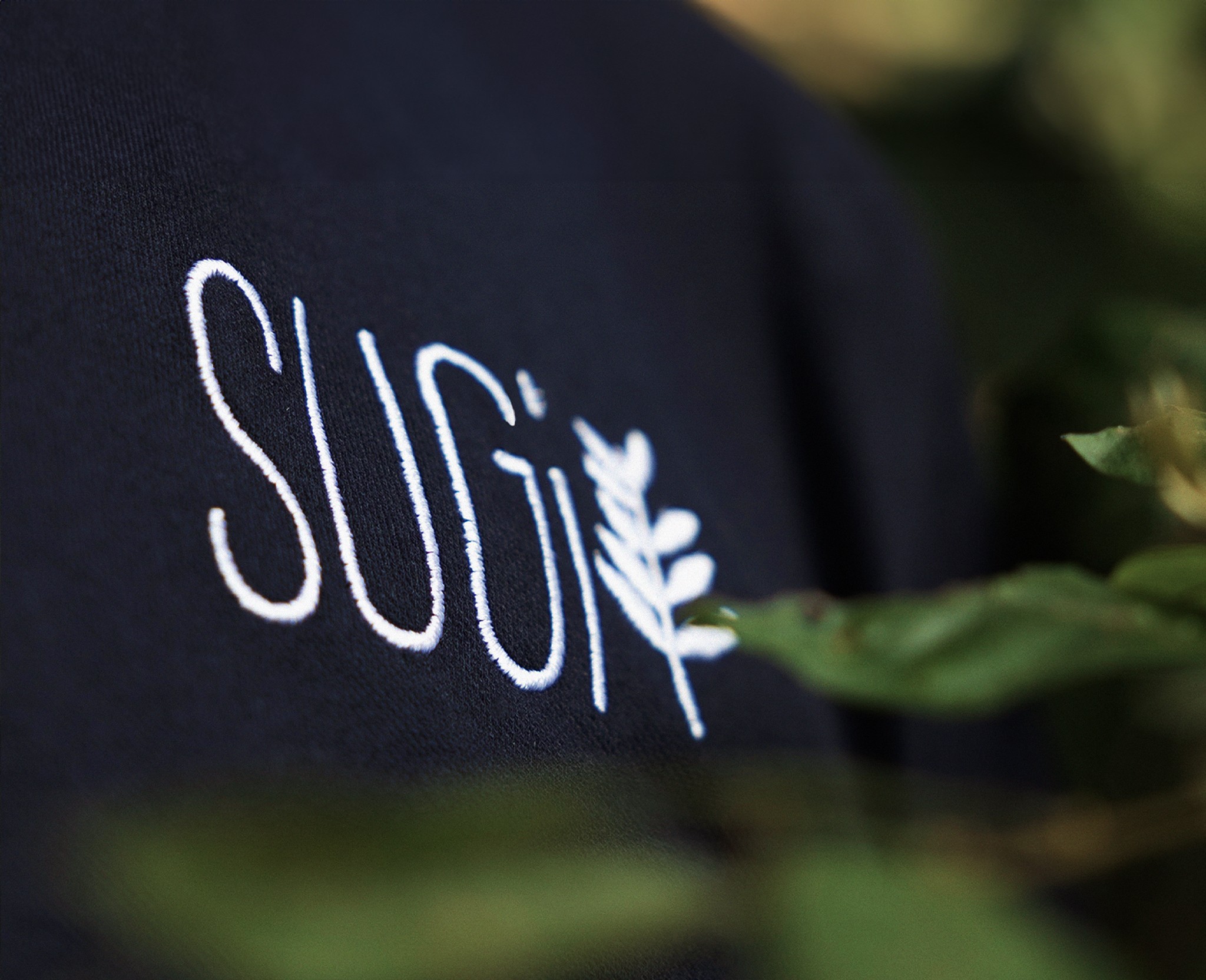
Rebuilding Thailand’s ancient rainforest with Banyan Group.
0
Forests
0
Trees
0
Square Meters
0
Native Species
SUGi’s partnership with Banyan Group Resorts is designed to bring a critical conservation back to health in the north of Thailand’s Phuket Island. Up until the early 19th century, Phuket was a biodiversity haven, blanketed in primary virgin rainforest. Today, only one small area known as Khao Phra Thaeo National Park remains.
We’ll be implementing a dynamic, innovative approach to bring these wild spaces back for the benefit of the local community and visitors alike. With an emphasis on native medicinal tree species, hedgerows, and wildflower meadows for pollinators, as well as labyrinth screening, we’re taking a multi-faceted and multi-phase approach to rebuilding the symbiotic web of this vital habitat.
Our collaboration in restoring Thailand’s native flora and fauna begins with the Laguna Legacy Forests.
Learn more about Banyan Group

Laguna Legacy Forests
The ecological heritage of Banyan Tree Resorts is located in the Khao Phra Thaeo National Park in the north of Phuket Island. An important conservation area and home to a number of endangered species.
Sustaining the biodiversity of an ancient forest is challenging and requires a multi-faceted approach. An emphasis is placed on native medicinal species of tree as they are particularly beneficial to pollinators. Also, Miyawaki Method hedgerows provide fast-growing, long-term privacy plus environmental, ecological and social benefits.
By implementing ideas, such as labyrinth screening and a wildflower meadow, this project offers unique wild space experiences for visitors to discover Thailand’s native flora and fauna.
Forest Design
The project contains 3 sites spread over the Banyan Tree Resort in Phuket. The forest design is based on the vegetation of the area’s virgin rainforest found at Khao Phra Thaeo.

Labyrinth Forest & Veya Grove Pocket Forest

Laguna Park
Khao Phra Thaeo National Park
Up until the early 19th century Phuket was blanketed in primary virgin rainforest. Full of diversity and supporting abundant biodiversity, the forests were home to an immense range of flora and fauna. Currently, only one small area of this original forest vegetation remains and is known as the Khao Phra Thaeo National Park.
This original virgin rainforest is the nucleus and basis for the projects around Laguna. One of the rarest species found in this ecosystem is the White backed or White elephant palm (Kerriodoxa elegans) which is endemic to Phuket. It was first discovered in 1929 in the Khao Phra Thaeo remaining rainforest.

Native Species
After researching this last remaing area of the ancient forest, we identified native species crucial to the ecosystem in our attempt to in part restore the original vegetation of the area pre-mining and deforestation.

Black morinda (Morinda elliptica)
This species is a member of the fruiting mulberry family. It's a good fire resistant tree able to withstand forest fires. Additionally, the unripe fruit has medicinal pruposes such as being used for toothaches and is a strong antioxidant.

White meranti tree (Shorea hypochra)
This species is on the IUCN red list of at risk species and it's classified as critically endangered. It produces a high quality resin called dammar temak that has multiple uses.

Banyan tree (Ficus benghalensis)
The Banyan tree is a fig and a member of the mulberry family. It supplies shelter and food for fig wasps which the tree depends on for pollination.
The Banyan Tree Resort
The Ancient Forest disappeared one the area was transformed into colonial backed tin mining and rubber mono-plantations: both requiring mass deforestation of the island’s ancestral forests.
The Banyan Tree Resort in Phuket has been built over the tin mine and managed to restore a part of the haven that was once there.

“We are redesigning the way that people interact with nature; activating all these in between spaces where people fall in love with nature in a different way.”
Ho Ren Yung, Deputy CEO, Banyan Group



